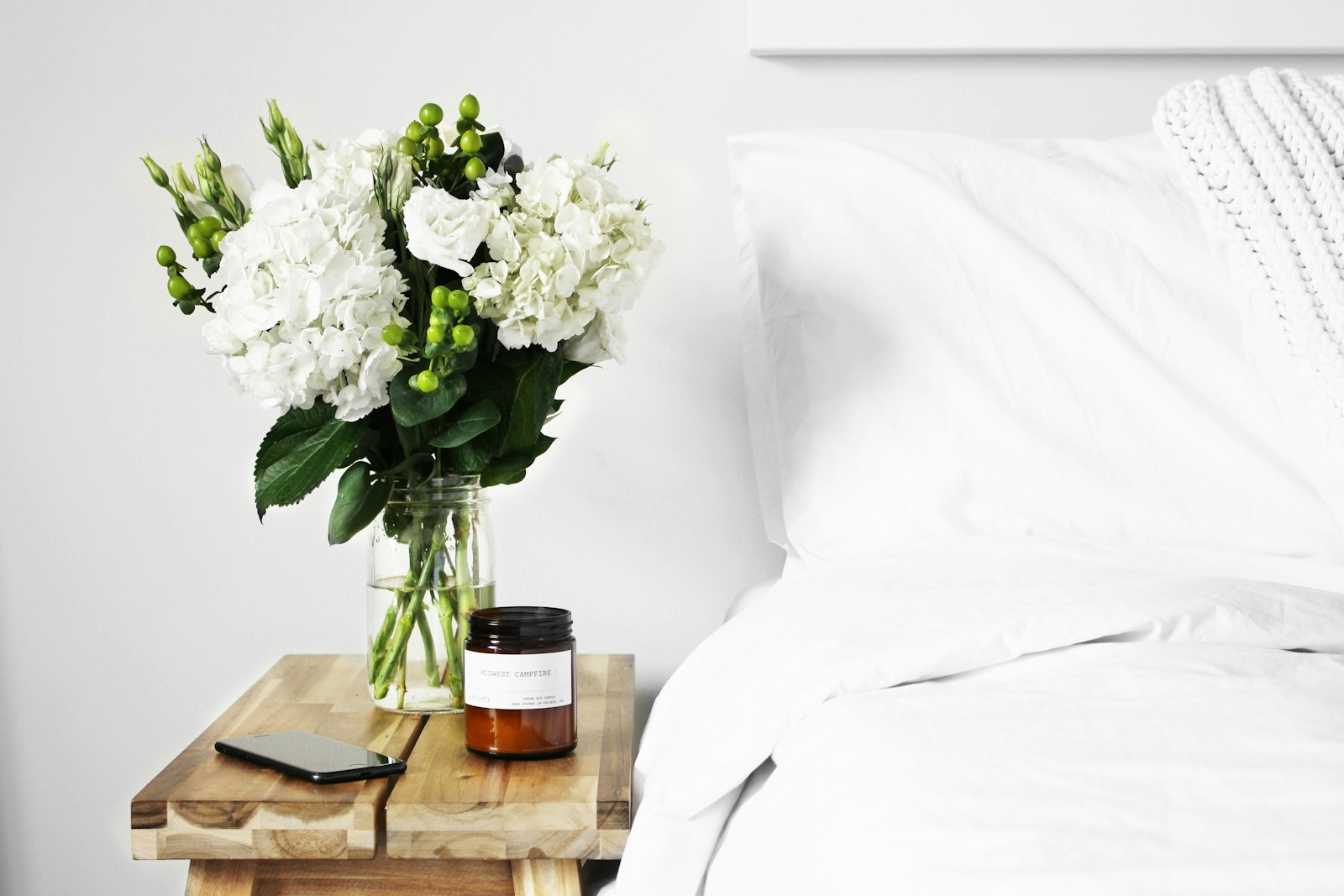
Once overlooked, sleep has become the ultimate marker of wellbeing. In the world of luxury travel, rest is no longer just a by-product — it’s the purpose. Welcome to sleep tourism: a new way of travelling built around silence, rhythm and recovery.
The rise of sleep-focused travel

Sleep tourism is a fast-growing wellness trend where the destination is designed to optimise rest. Travellers seek dark skies, screen-free sanctuaries, and multisensory rituals that improve their sleep — practices increasingly supported by research from organisations like the Sleep Foundation.
In a time when burnout is widespread, silence and recovery are the new luxury. Sleep is no longer something squeezed in between itineraries — it’s the core of the journey itself.
From circadian lighting (which mimics natural light patterns to support the body’s internal clock) to aromatherapy and soundscapes, the modern sleep-focused stay goes far beyond a comfortable bed.
Icelandic Sleep Sanctuaries – Dark skies and geothermal silence
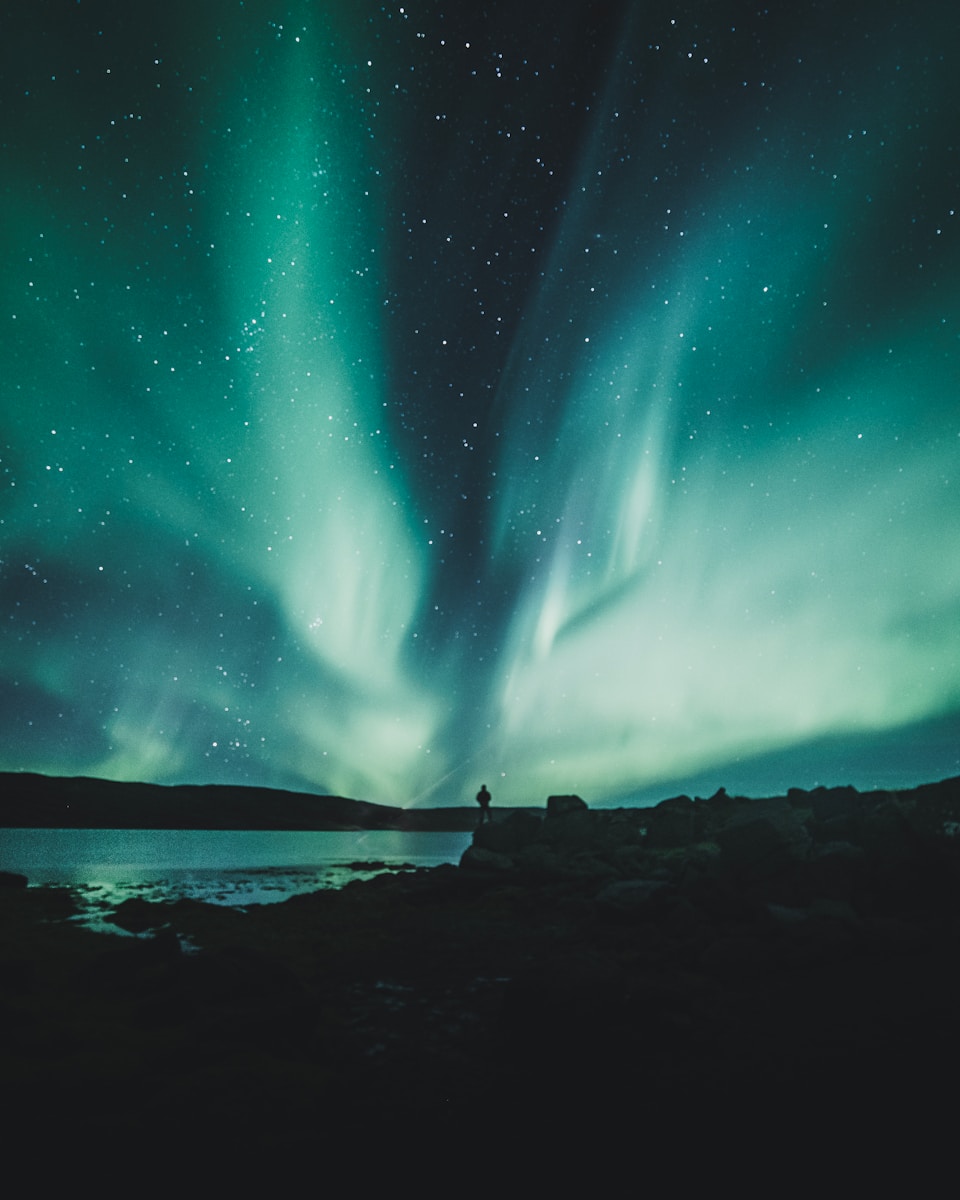
Not all luxury sleep experiences are born from a spa or a pillow menu. In Iceland, sleep begins with the sky itself. During the dark season — typically mid-September to early April — the island offers some of the purest, most profound darkness on earth. This kind of darkness — preserved and protected by advocates like the International Dark-Sky Association — is increasingly rare, and incredibly restorative.
At Hotel Rangá in South Iceland, guests sleep in geothermal silence, far from light pollution, with the aurora borealis set as an optional wake-up call. Rooms are sound-insulated, designed with organic textures, and warmed by the natural rhythms of the earth. It’s not a formal “sleep hotel,” but during the winter months, it becomes one — effortlessly.
For a more design-forward take, the ION Adventure Hotel near Þingvellir National Park pairs sustainable architecture with solitude. Built on stilts above volcanic plains, the hotel feels suspended in silence. Inside, natural materials, blackout curtains, and a geothermally heated lava spa create a cocoon-like retreat. While it doesn’t offer a formal sleep programme, its elemental stillness speaks for itself.
Zedwell – A windowless retreat in the heart of London

You might not expect a hotel like Zedwell — with its minimalist, almost monastic design — to appear in a list of luxury sleep experiences. But while it doesn’t fit the traditional five-star mould, Zedwell is built entirely around the science of sleep. Through resources like its curated sleep tips, prismatic lighting and sensorial subtraction, it offers a pared-back but purposeful environment where rest becomes the design’s main event. In the middle of Piccadilly Circus, Zedwell offers an experience that feels like sensory subtraction. Its rooms — called “cocoons” — are completely windowless, free of screens, clocks or visible distractions. What you get instead is air purification, temperature control, and neutral design in calming wood and stone tones.
This is not your typical urban hotel stay. Zedwell has become a benchmark for sleep-first design in a bustling city. It’s a radically minimalist approach to rest, proving that a deep night’s sleep doesn’t require remoteness — only intentional architecture.
The Longfellow Hotel – Science-backed stillness in coastal Maine
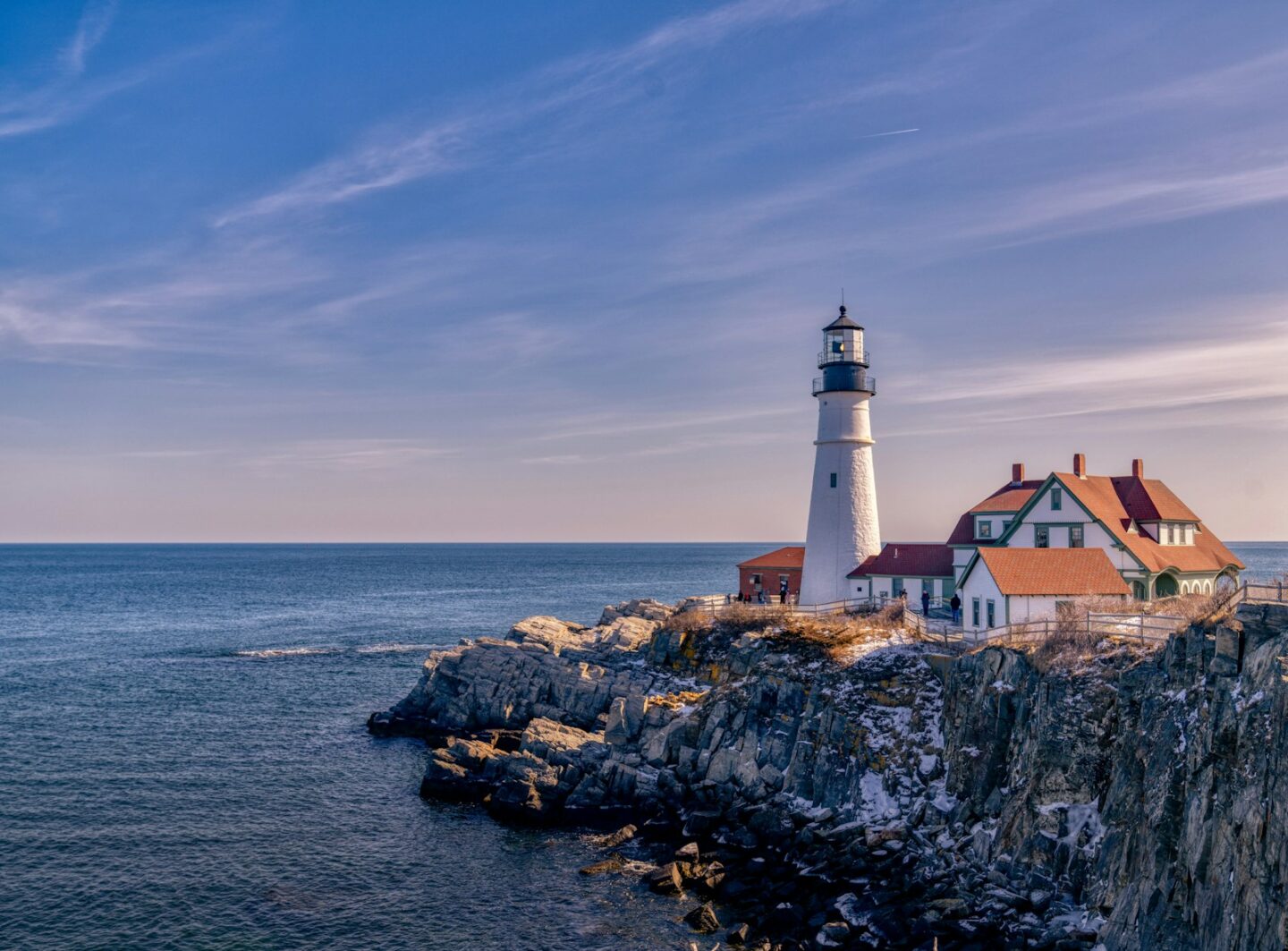
Not every hotel that focuses on sleep does so with intention. But The Longfellow in Portland, Maine — a boutique property opened in 2024 — was built from the ground up around deep rest, restoration and sensory balance. It may not fit the mould of traditional five-star grandeur, but its philosophy is undeniably aligned with a new kind of luxury: functional calm with a soul.
What sets The Longfellow apart isn’t just quiet rooms or blackout curtains (though it has both). It’s the integration of clinically tested methods into the guest experience — like vibroacoustic Mind-Sync chairs in its spa, which use soundwave therapy and zero-gravity positioning to guide the body into deep parasympathetic relaxation. Originally developed for military stress recovery, these sessions are now tailored to travellers seeking stillness, not stimulation.
Rooms are layered with sleep-oriented textures: thick wool throws from local artisans, white noise machines, and a lighting concept that respects circadian rhythm without over-explaining it. The spa follows a Nordic-inspired ritual: 30 minutes in an infrared sauna, a cold rinse, and a recovery phase — a method designed to reset the nervous system and gently prepare the body for quality sleep.
It’s not showy. It’s not techy. It’s something more grounded — a place where sleep is treated not as a side-effect of travel, but as a reason to travel in the first place.
Six Senses Douro Valley – Structured sleep in a vineyard sanctuary
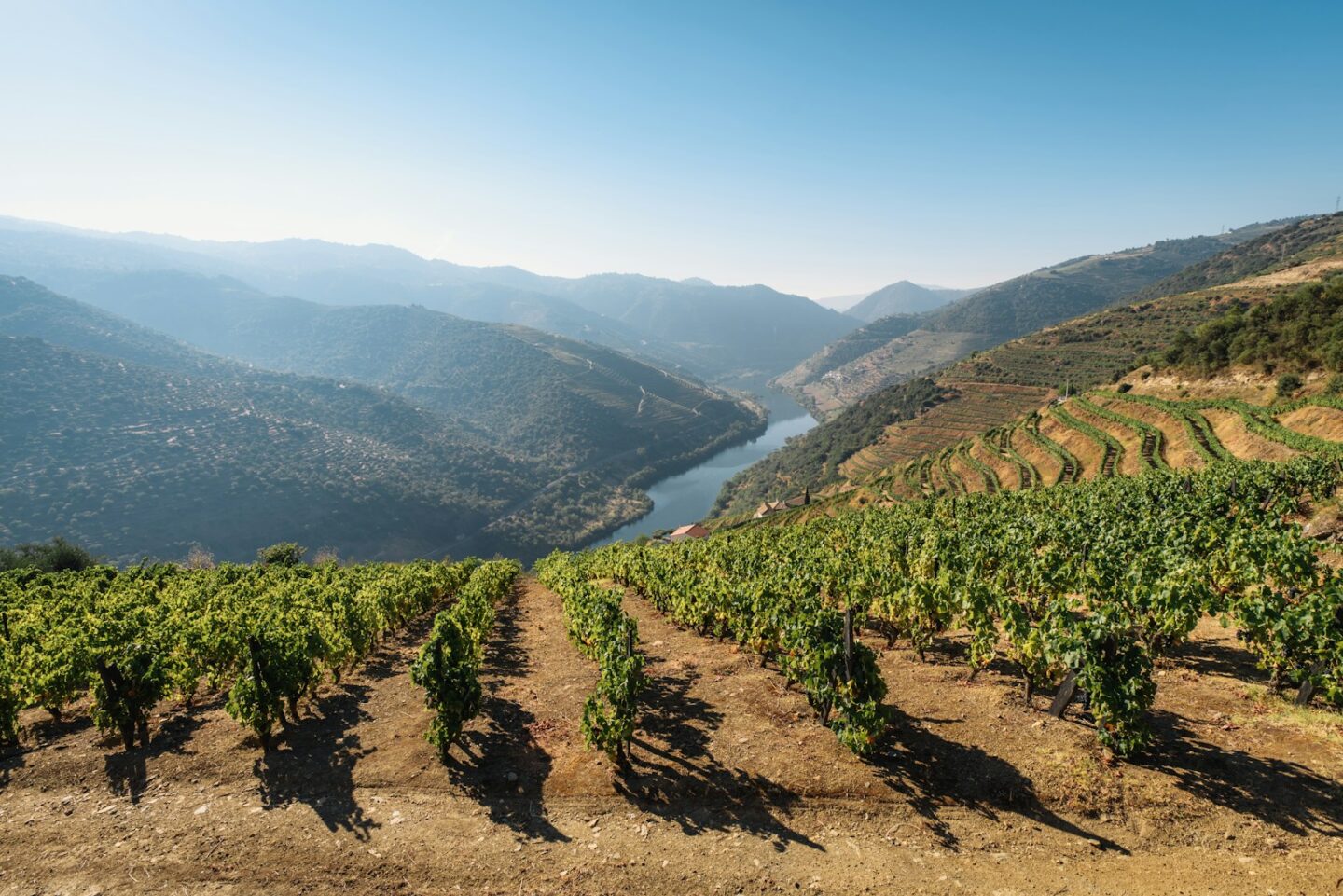
Set among the rolling vineyards and river terraces of northern Portugal, Six Senses Douro Valley approaches sleep not just as a benefit of relaxation, but as a focused path to transformation. This is where tradition meets science, and rest is given the same level of attention as nutrition or movement.
The resort offers a multi-day Sleep Wellness Program — available in 3-, 5- or 7-night formats — designed to restore sleep cycles, boost energy and help guests build long-term sleep strategies. Each programme includes a professional assessment, personalised bodywork, yoga nidra, craniosacral therapy and sleep tracking to monitor your progress throughout the stay.
The rooms and suites are designed with sensory rest in mind: natural materials, calming hues, blackout shutters, and bespoke aromatherapy rituals all reinforce the hotel’s sleep philosophy. Even the daily rhythm of the property – from meal timings to lighting transitions – is shaped to support the body’s circadian flow.
Rather than offering sleep as a passive side-effect of relaxation, Six Senses turns it into an active, curated experience – one that quietly rewires your relationship with rest. And in this serene corner of the Douro, where the air smells of stone and rosemary, it feels like the most natural thing in the world.
Equinox Hotel – Urban recovery at athletic level in New York
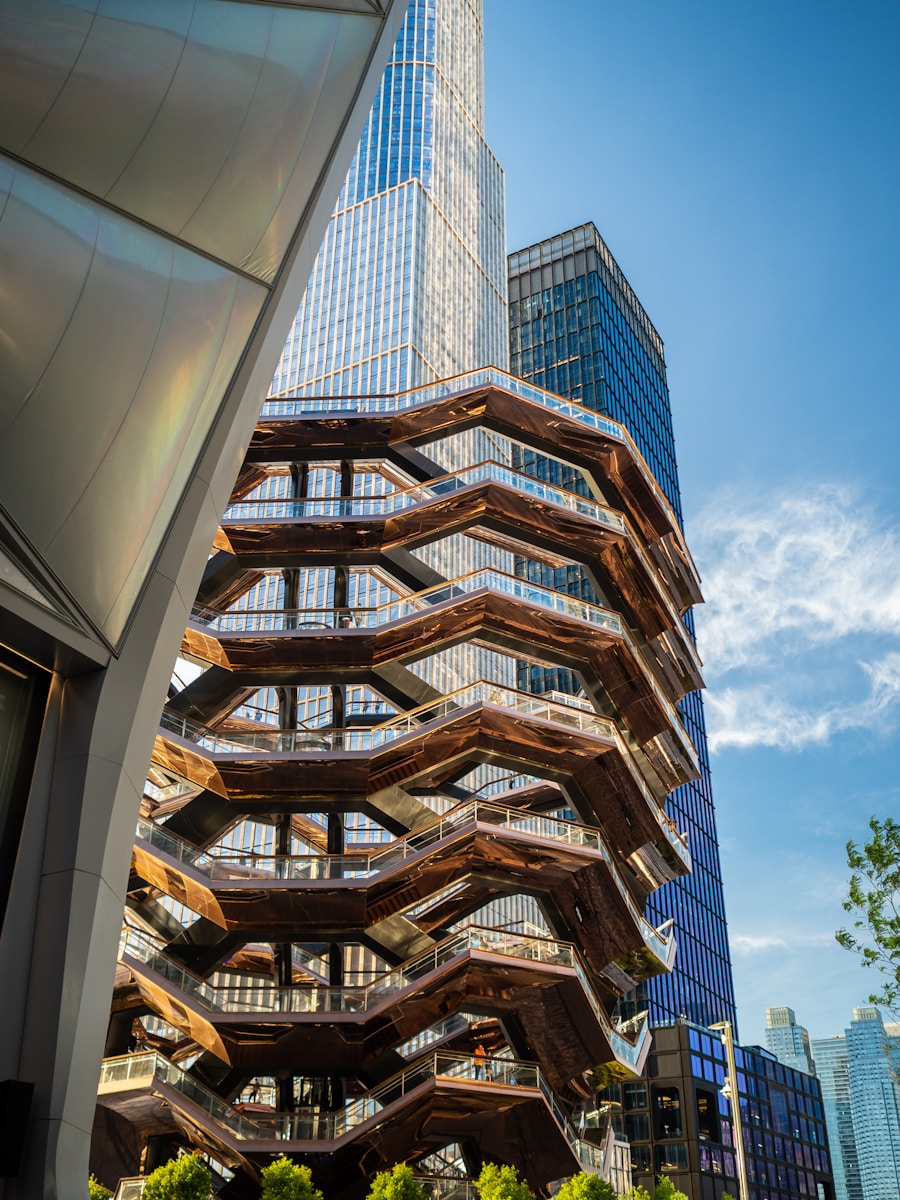
In Hudson Yards, New York, Equinox Hotel was built around a singular promise: “For those who want to sleep like an athlete.” Every element of the room — from AI-enhanced mattresses to sound insulation, blackout blinds and climate-zoned bedding — is calibrated for optimal physical and mental recovery.
The hotel collaborates with scientists, performance coaches and sleep researchers to continuously redefine what rest really means in the 21st century. Sleep here is not a pause — it’s an upgrade. A high-tech, high-performance approach to stillness that aligns with a cultural shift explored by institutions like the Wellcome Collection.
And for those who leave feeling reset — or simply refuse to go back to average sleep — there’s even a dedicated sleep shop. Signature pillows, sleepwear and circadian-aligned tools are available to extend the experience beyond the hotel room. Because if you’ve finally found the perfect sleep, why not make it last?
Sleep tourism is part of a larger movement: slow living, mindful travel and screen detoxing. In a culture addicted to overstimulation, sleep is emerging as the ultimate escape — a luxury of silence, darkness and surrender.
Perhaps real indulgence today isn’t champagne on arrival, but waking up naturally, after eight hours of uninterrupted rest — no alarms, no noise, no need to rush.